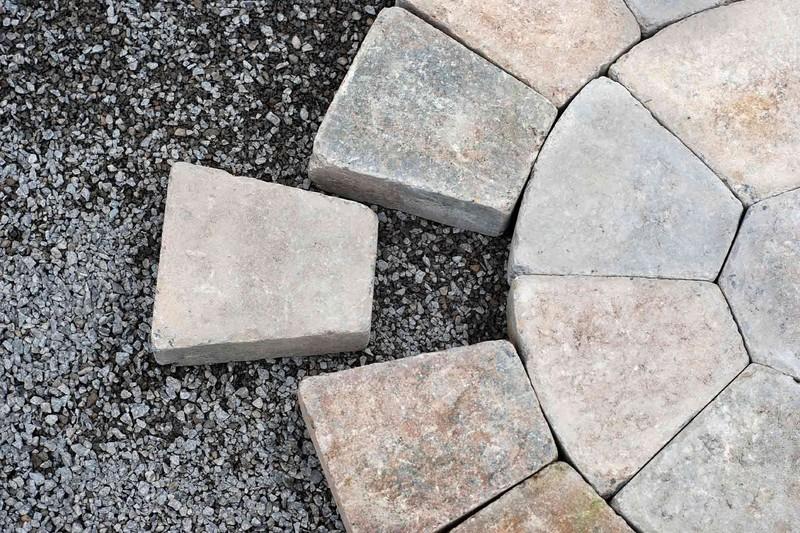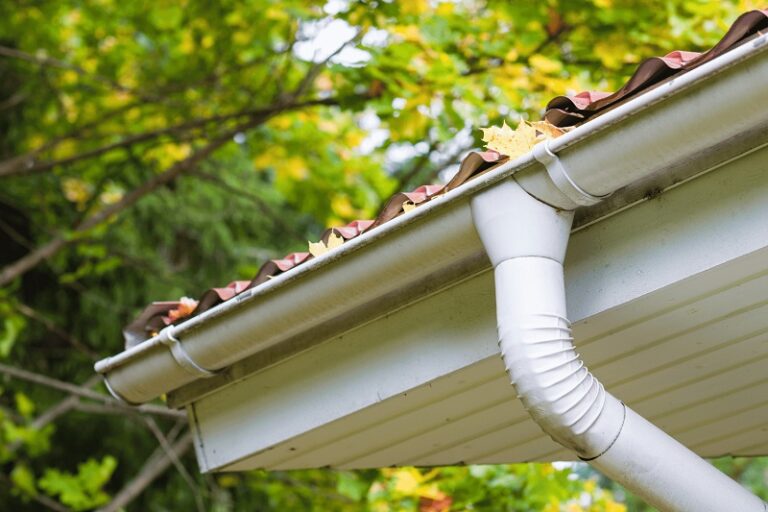
Granite paving slabs are long-lasting and seldom need to be changed, making them a great option for walkways and driveways. However, you may find a variety of interesting natural stones for use in different garden tasks. While granite paving slabs may initially cost more than other varieties of stone, its durability and beauty will more than make up for the initial investment.
Different kinds of granite paving
You’ve decided that textured granite pavement would give your outdoor project the refined finish you’ve been hoping for. The last step is to decide which granite kind is most suited for your purposes. Whether you’re going for a more contemporary or traditional look, we at The Premium Paving Company have something that will work for you. Grey Galaxy, Diamond Black, Charcoal, and Silver Grey are just few of the hues available for granite pavers from Premium Paving. Granite is perfect for a cutting-edge, high-end design because of its consistent coloration, tight grain, and rough surface. The different color options also allow for easy mixing to produce contrastive lines or patterns if necessary.
Granite Paving: How to Cut It
Despite its hardness, granite paving slabs can be carved by hand with the correct equipment and a lot of perseverance. Using a diamond-tipped circular saw blade, you can make clean, accurate cuts. Aside from that, it’s much the same as working with any other kind of natural stone. In addition, before you get started, make sure your eyes and hands are protected by wearing safety glasses and gloves.
Measure your granite paving slab precisely.
Use a pencil and ruler to get accurate measurements, or, if you’re feeling inventive, draw the design directly onto your slab to get the shape just right. If you’re just starting out, it’s advisable to stick to simpler, more regular shapes since they’ll be less of a challenge to cut.
The granite slabs need to be trimmed down to fit
To do this, a diamond floor saw is required. Make sure the granite block is fixed on a solid, secure platform before you start cutting. Maintaining a steady hand is essential for getting the clean cut you desire.
Smooth up the rough edges
Since you may easily cut yourself on the sharper corners of your natural granite slabs, you should round over the sharp edges. If you want to get the job done quickly and efficiently, you may use a power sander.
The Proper Method for Laying Granite Pavement
Mark out the area you want to pave before you get started. Add the thickness of the pavers, an inch for the sand foundation, four to six inches for the gravel base for walks and patios, and six to twelve inches for the gravel base on a driveway to get the total excavation depth. Since clay soils are less permeable to water, they need a considerably more substantial foundation than sand-based soils. When the base is thicker, the pavers have a more stable foundation on which to stand.
To get the necessary depth, dig down as far as possible. Consider the following: Two inches of pavers, one inch of sand, and four inches of gravel are all that’s needed to provide a solid foundation for a sidewalk or patio on clay soil. In contrast, a driveway using 4-inch-thick granite pavers on clay soil with poor drainage would need an excavation depth of 17 inches to account for the pavers themselves, the 1-inch sand foundation, and the 12-inch gravel base necessary to optimize water runoff.
- Once the excavation site has been leveled and spread out equally, it may be backfilled with gravel or another kind of foundation material.
- The base material should be packed using a plate compactor once it has been leveled. Add the remaining foundation material a third at a time, compacting it between additions. It’s feasible to add all of the gravel or crushed rock at once, but spreading it out helps it compress more securely into the foundation.
- After compacting the base layer, adding a 1-inch layer of coarse masonry sand on top and then leveling it with a two-by-four screed is the next step. If you use the edge restrictions as a guide, you can keep the sand where it belongs.
- Using the design you’ve chosen, lay the granite pavers directly on the sand bedding. It’s best to keep them close together so they don’t move about.
Fine sand should be spread over the silver grey granite paving 900 x 600 and brushed into the crevices between the stones. Before adding additional sand to fill in the cracks, you should spritz the area with water to get the sand to settle.
Conclusion
A simple solution of soap and water is usually all that’s needed to clean dirt and debris from your granite pavement stones. To avoid any discoloration or staining, just mix one tablespoon of dishwashing liquid without acid into one pail of warm water. Start by brushing off any loose dirt and debris, and then use the cleaning solution to make the surface shine like new.




